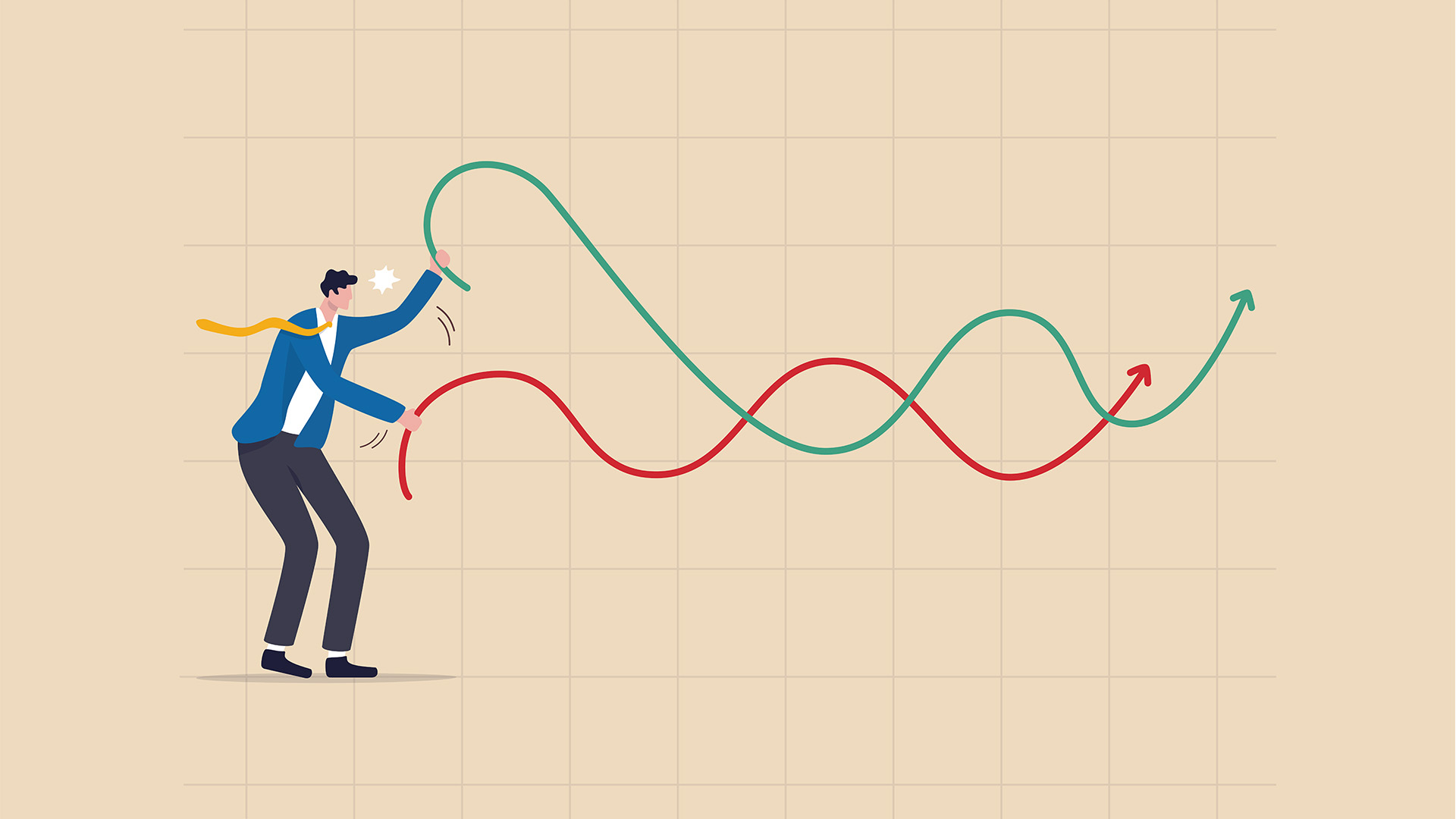Sitting on the desk of Reserve Bank of Australia Governor Philip Lowe most days when he arrives at work are letters from the public. Many are from retirees who have one complaint in this world of low-interest rates. “It’s not uncommon for people to say to me they’ve worked hard all their lives, they’ve saved, they’re frugal, they don’t spend very much, they rely on interest income and they’re having to cut back their spending,” Lowe told a parliamentary committee last year.
The RBA governor earlier that session said that for every dollar the household sector received in interest income, it paid more than two dollars in interest payments. So overall, lower interest rates help the economy because they enable more consumer spending. To extend such conventional analysis, lower interest rates promote business investment, reduce borrowing costs for governments, which frees up more spending, help exports by lowering a currency and create a ‘wealth effect’ that encourages household spending by boosting asset prices.
Such thinking has motivated central banks to reduce interest rates to rev economies such that low rates have been a mainstay since the global financial crisis of 2008. An obvious problem with interest rates as a macro tool is they lose their stimulus fizz when they are close to zero or even mildly negative.
UK economist John Maynard Keynes in 1936 spoke of the ‘liquidity trap’ when describing the limits of low-interest rates as an effective policy tool. He described situations when uncertainty is so great that even low-interest rates would fail to generate enough demand to ensure full employment.
But Keynes was indicating that low-interest rates could be ineffective as a macro tool. The worry after 12 years of low and negative rates is that these settings produce side effects that make them counterproductive. Ten side effects stand out.
A core concern is that Keynes’s liquidity-trap concept seems to underestimate the dampening effect of emergency measures. Low rates seem to dent consumer spending and business investment because they signal that authorities are gloomy, even panicked.
A second side effect is that low interest rates have encouraged so much borrowing that consumer, corporate and government debt have reached an unprecedented level of GDP in many countries. This could prove a systemic risk. Even without such mishaps, future repayments are likely to reduce consumption and investment.
Another side effect is that low and negative rates can lift asset prices. Lower interest rates push investors into riskier assets and argue for higher prices on property and shares, asset gains that tend to boost inequality. More tellingly, negative policy rates helped push bond prices so high that yields went negative – and widely so. The concern is that, if low and negative rates help the economy as intended, interest rates will move higher and puncture asset prices.
A fourth problem is that low and negative rates trouble the business models of insurers and pension funds that typically use the safety and positive returns of government bonds to help meet long-term liabilities. A fifth spillover is that low and negative rates squeeze bank margins, perhaps to the point of threatening financial stability. Any crimping in bank margins brings a sixth problem; that at some level, low rates could backfire by forcing banks to restrict lending – a level known as the ‘reversal rate’.
A seventh handicap is that central banks have faced political pressure for hurting savers and rescuing reckless borrowers. An eighth side effect is low and (especially) negative rates can, perversely again, force people to save more to attain a targeted level of savings.
A ninth drawback is that low rates can encourage unproductive investment. A tenth criticism is that low rates help embed economies in the ‘debt trap’. This term describes how indebted economies need more debt to overcome the problems left by past debt. But at some indeterminant point this strategy must miscarry.
These risks might explain why low rates have often failed to spark sustainable economic growth. The question arises as to whether such risks are worth taking to fight mild deflation which, in economic effects, is not much different from negligible, or zero, inflation. No matter these doubts, low and negative interest rates appear entrenched for the foreseeable future. In such a world, policymakers will need to rely less on monetary stimulus and be mindful of, and perhaps take steps to mitigate, the side effects they are creating.
It must be noted that real interest rates are more critical economically than nominal ones. Low nominal rates have essentially failed to charge economies because they haven’t approached the negative real rates that stimulated economies over much of the 1940s to the 1970s. That said, low nominal rates have helped stoke some economic growth. For all their side effects, low interest rates are yet to trigger an upheaval – a jump in inflation would undermine bond prices whatever level they were at. But even with these qualifications, central bankers appear concerned about the side effects that low and negative rates are provoking. They are among the most vocal in calling for instruments other than monetary policy to lead the world back to prosperity.
For the full version of this article and to view sources, go to: magellangroup.com.au/insights/












